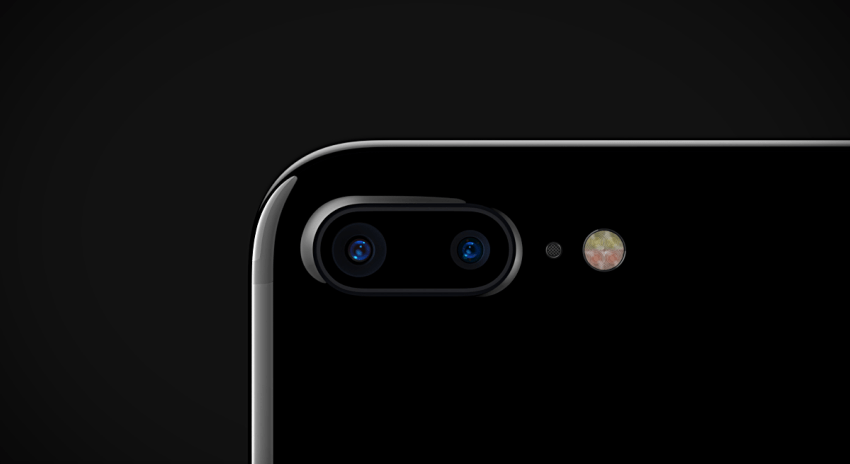Apple iPhones are generally considered secure devices and the company from Cupertino does not miss the opportunity to emphasize how safe the users of its devices are.
However, according to a Google employee, this is not entirely true, as the camera του iPhone μπορεί να χρησιμοποιηθεί για κατασκοπεία με ένα απλό hijacking των εφαρμογών που έχουν access on the device's camera.  Felix Krause published one detailed analysis as well as a PoC video revealing how the attack works. As you will see, hackers would not only be able to access front and rear cameras, but they can also record every user's move even when the hijacked application is running.
Felix Krause published one detailed analysis as well as a PoC video revealing how the attack works. As you will see, hackers would not only be able to access front and rear cameras, but they can also record every user's move even when the hijacked application is running.
In addition, hackers can use the bug to transmit live from the iPhone to the Internet, but also run even more advanced features to crawl the user, see if they are in front of the camera or run the software face recognition.
The Google expert says that Apple has already been informed of the error and as explained in its in-depth analysis, Cupertino could add an LED to the iPhone's cameras to alert users of any suspicious activity.
In the meantime, and until Apple does something to fix it problem users can protect themselves either by purchasing covers that block the camera when not in use or by revoking camera access from all apps that use it.
Apple has not released any official statement about the issue, and may never do it, as it wont do it, even if it is preparing some software update.
According to the Google researcher, however, this problem is somewhat difficult to solve with a simple software update, so he suggested adding a Led.
Watch the video





